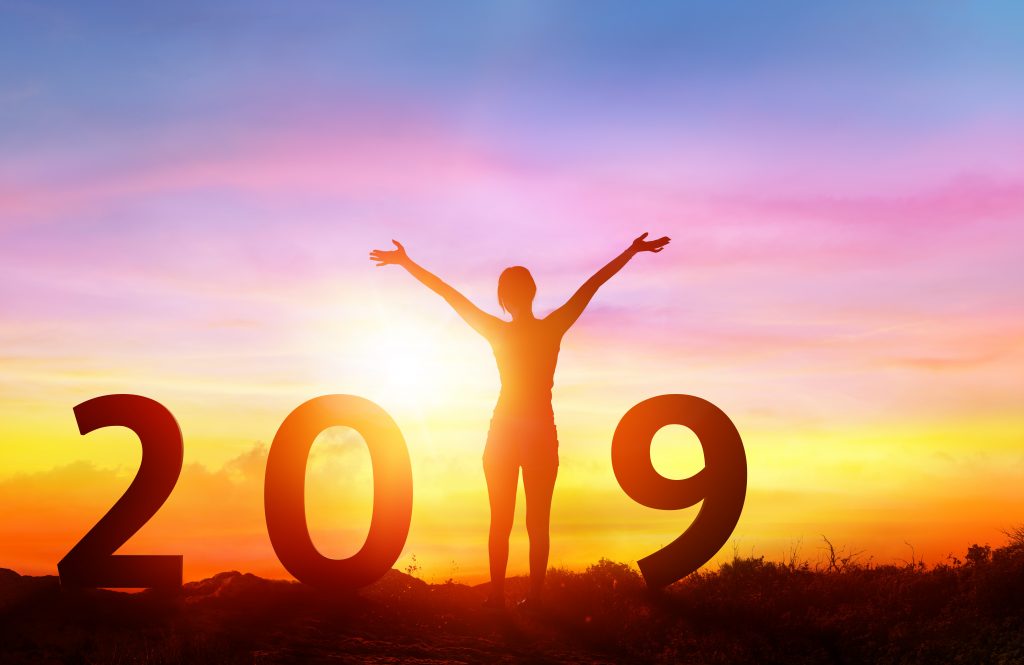New Website
Notice our new look? SIRC is excited to launch our new website and the Canadian Sport Daily – delivering sport and physical activity-related knowledge, news, resources, and more…straight to your inbox. Check out our new website to access all SIRC content!
2019 Year in Review
Are you new to the SIRC Daily News or still sorting through email from 2018? Check out the top 5 SIRCuit articles and SIRC blogs from 2019 in our most recent blog!
2019 Year in Review

As we ease ourselves into the year ahead, here is a round-up of the most popular SIRCuit articles and SIRC blogs from 2019! Top 5 SIRCuit Articles Gender Equity is Good Governance – Lessons from the Sport Sector Cannabis and Sport: Perspectives from a Seat in the Canadian Senate Managing the Risk of Athlete Burnout…
SIRCuit Fall 2019
The Fall SIRCuit is now available! Check out our newest collection of articles, providing timely and relevant research and insights relating to leadership, athlete development, and high performance sport: Increasing Distinction in Para Sport Event Management MATCH: Spotlight on a Canadian Study on Sport Participation Is There a Role for Weight Training in the Physical…
Varsity Sport Hazing
With varsity teams stepping onto fields across Canada, the risk of hazing is undeniable. However, research indicates that coaches can be the largest influence in changing the culture of hazing when they are actively engaged in educating and working with team leaders to introduce alternative orientations. Learn more in the SIRCuit.
Women’s World Cup 2019
The Women’s World Cup has amazed, inspired and delighted us…while also providing a platform for players to draw attention to persisting inequities in the sport. Today’s SIRC blog provides an overview of some of the key issues raised by the players, and provides recommendations for influencing positive change in sport, whether you’re committed to achieving…
Trauma-informed Approaches
Trauma-informed approaches are policies and practices that work to minimize harm to survivors of violence and abuse, and aid healing and justice. These approaches are essential to addressing abuse, harassment and discrimination in the Canadian sport system. Learn more about the impacts of violence and considerations for policy and practice here. Read about how a…
Responsible Coaching Movement
The Responsible Coaching Movement (RCM), coordinated by the Coaching Association of Canada and the Canadian Centre for Ethics in Sport, is a call to action that has the potential to positively affect all sport organizations and coaches across Canada by ensuring that athletes, especially minors, are protected from abuse, harassment, and other safety risks. Learn…
SIRCuit – Spring 2019
The Spring 2019 SIRCuit is now available! Check out our newest collection of articles, providing timely and relevant research and insights relating to leadership, athlete development, and high performance sport: Cannabis and Sport: Perspectives from a Seat in the Canadian Senate A Positive Environment for Volunteer Coaches: The Role of Psychological Contract Gender Equity is…
Bystander Effect
Whether relating to abuse and harassment, or systemic doping, you may wonder how some issues remain open secrets in organizations where multiple stakeholders know about a problem or a concern, but no one publicly brings it up. Research reported in the Harvard Business Review describes a “bystander effect” whereby people stand on the sidelines as…